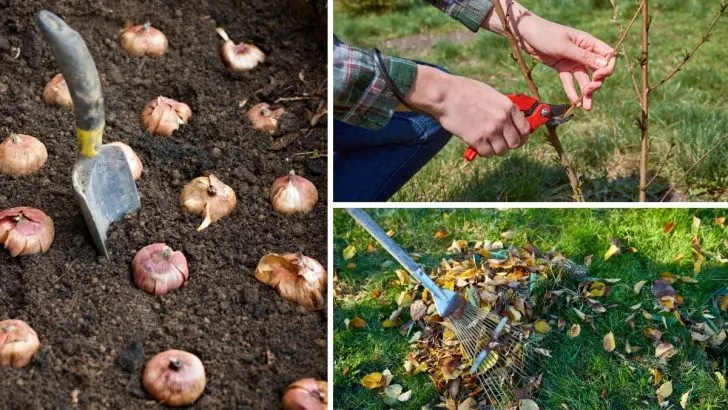The crisp air of fall offers a perfect backdrop for gardening, but not all advice you hear is worthwhile. In fact, some common gardening myths can waste your time and stunt your garden’s potential.
Understanding these misconceptions not only saves you effort but also enhances your seasonal gardening strategy.
The myths we’ll unravel today have taken root over time, often passed down with sincere intention but lacking any real merit.
By letting go of these outdated ideas, you’ll be better prepared to cultivate a thriving fall garden without unnecessary detours.
Myth 1: Only Spring is for Planting
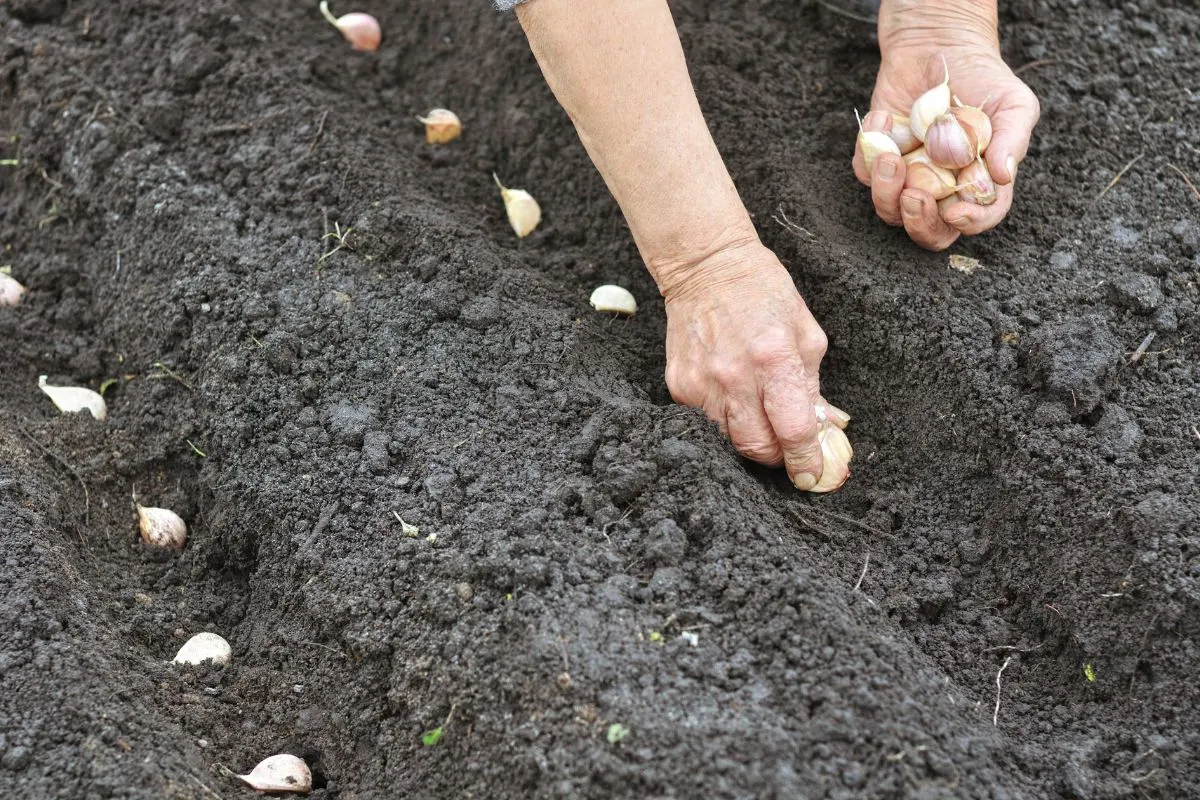
While it’s true that spring is synonymous with planting, assuming fall is a dormant season for this activity is a mistake.
Fall presents an ideal opportunity for planting certain types of vegetation, primarily because the soil is still warm enough to encourage root growth while the cooler air reduces stress on new plants.
Many perennials, shrubs, and trees benefit from fall planting as they establish roots before winter dormancy.
This head start means vibrant growth when spring arrives. So, if you’ve been holding off on planting until spring, consider the benefits of taking action now.
Myth 2: Fallen Leaves Must Be Removed Completely
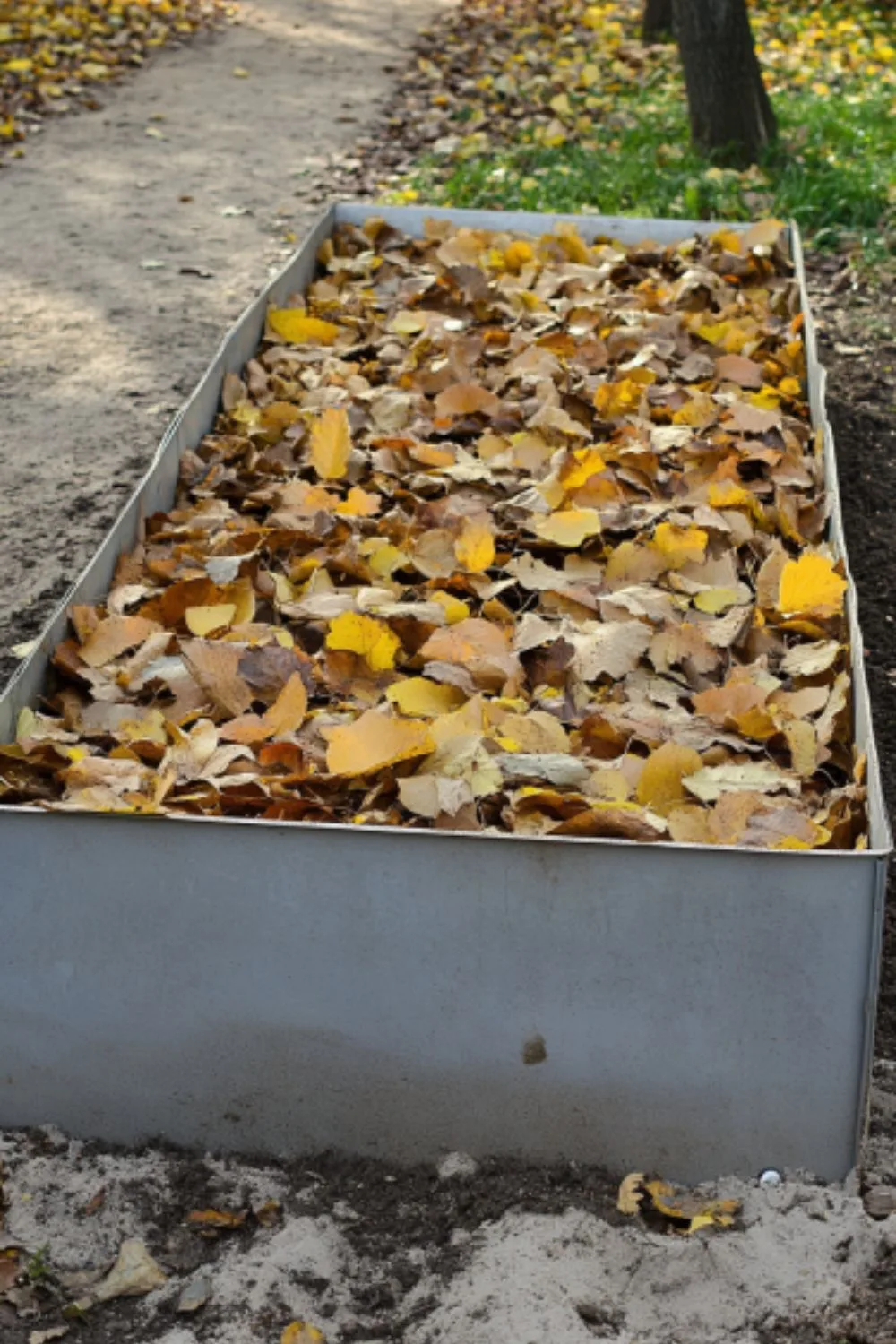
For many, the sight of fallen leaves signals the start of a relentless battle, armed with rakes and leaf blowers.
However, completely removing leaves can actually rob your garden of a natural mulch and fertilizer. Leaves are rich in nutrients that nourish the soil as they decompose, making them more of a blessing than a curse.
Instead of excessive clearing, use a mower to shred leaves and allow them to decompose in place. This practice not only saves time but transforms a nuisance into a valuable resource for your garden’s health.
Myth 3: Pruning in Autumn is Essential
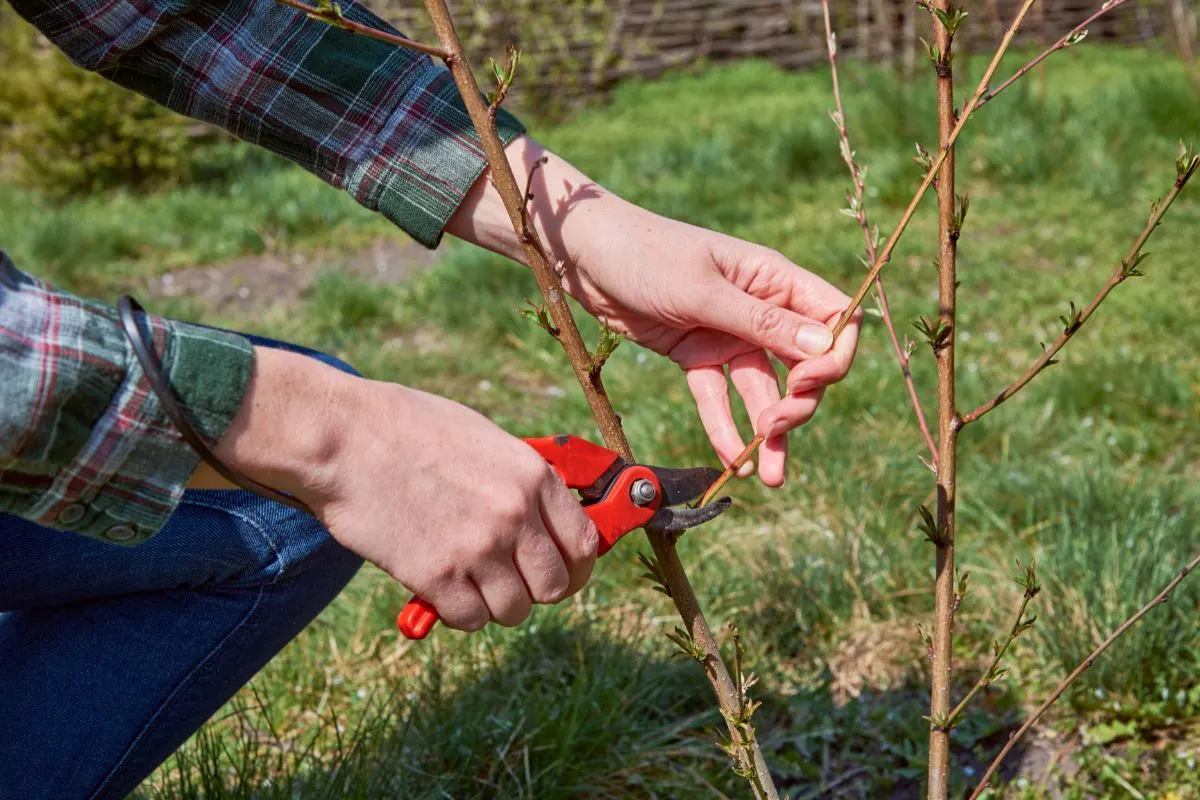
An enduring belief is that pruning during fall prepares plants for a more bountiful spring. In reality, pruning in autumn can actually harm your plants. Cutting back healthy growth can stimulate new growth that’s vulnerable to damage from the winter cold.
Most experts recommend waiting until the plants are dormant or just before spring growth begins. This timing ensures that plants are pruned without compromising their resilience to seasonal challenges.
Myth 4: Pest Problems End When It Gets Cold

The drop in temperature might feel like a reprieve from garden pests, but many insects have strategies to survive the winter.
From laying eggs in the soil to finding cozy shelters under debris, pests might simply be lying in wait for a resurgence in spring.
Effective pest control involves year-round practices. Regularly inspect and clean up your garden to reduce places where pests can overwinter.
An integrated pest management approach ensures your garden stays vibrant and pest-free through the seasons.
Myth 5: No Need to Water Once Cool Weather Arrives
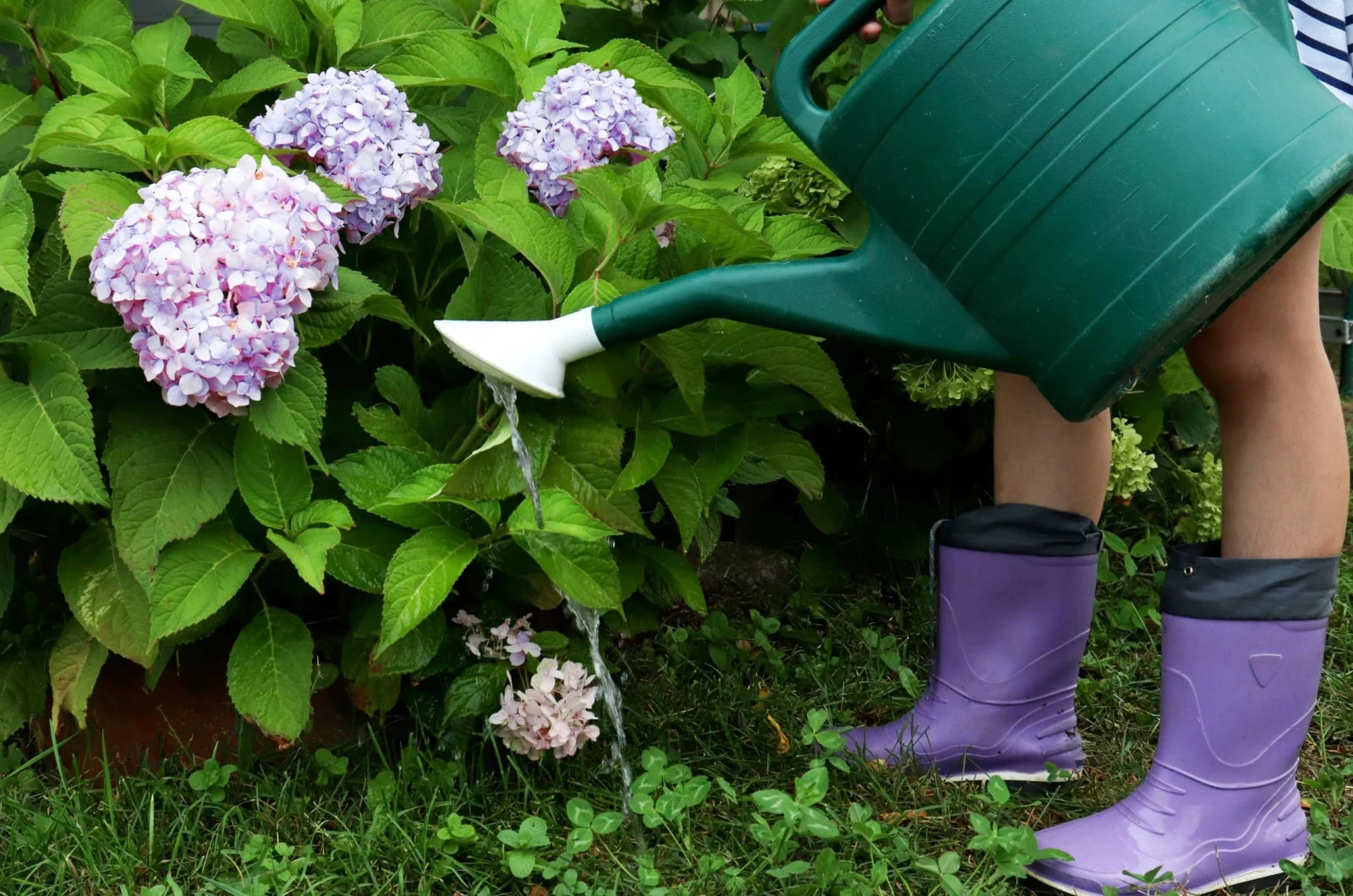
Reduced evaporation and rainier days may tempt you to ease up on watering, but fall is no time to neglect your watering routine. Newly planted and existing plants still need adequate moisture to establish roots before the winter.
Water deeply and consistently until the ground freezes, especially for evergreens and newly planted perennials, which rely on sufficient water to endure the winter months. Maintaining moisture levels now sets the stage for a successful growth season ahead.
Reap the Rewards of Well-Informed Gardening
Understanding these common gardening myths can save you time and resources while enhancing your garden’s productivity.
Embrace the wisdom of fall gardening and allow debunked myths to guide your efforts towards more effective strategies.
As you adjust your fall routines, remember that questioning traditional advice can lead to better outcomes.
So, take these insights with you into your garden, and watch as your efforts blossom into a rewarding autumn harvest.

